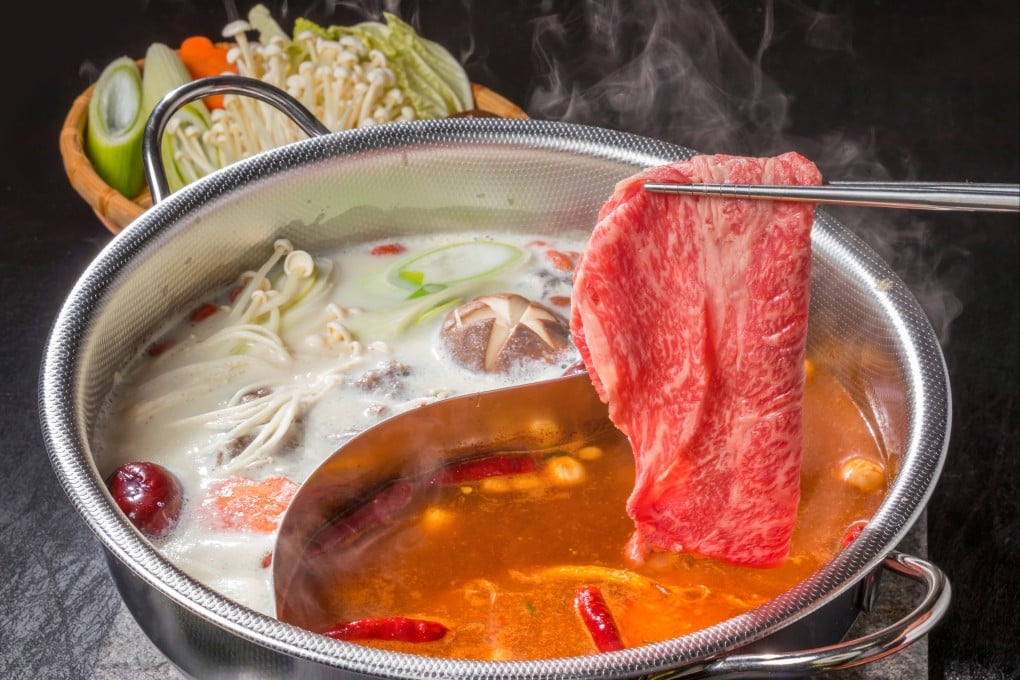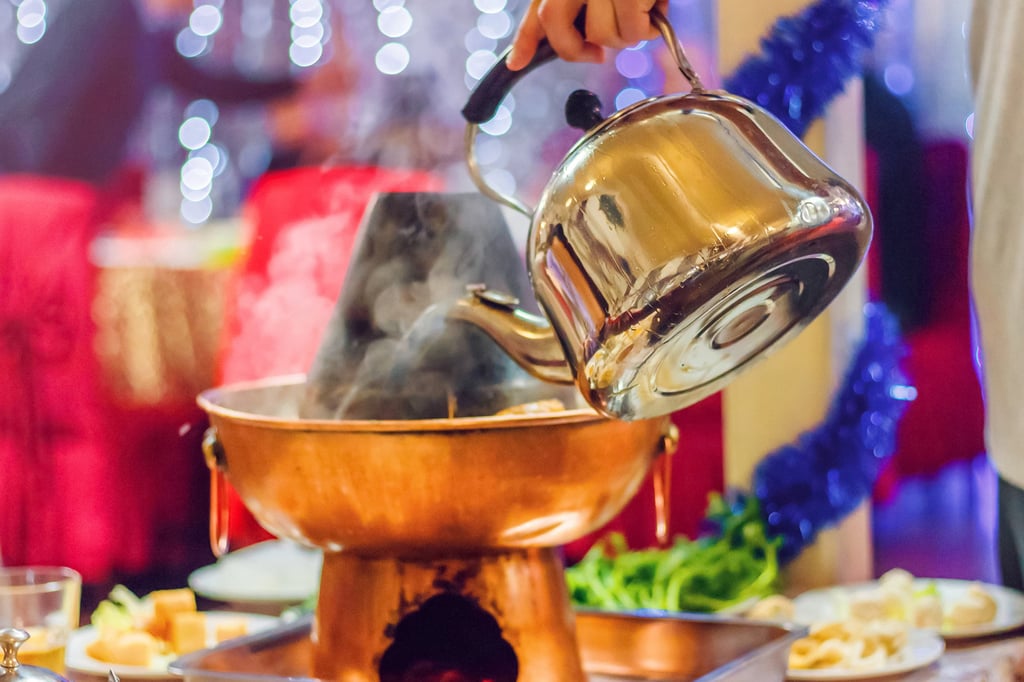Hong Kong hotpot dos and don’ts: from when to cook what to chopstick etiquette – how to avoid getting yourself in hot water with this year-round favourite
- Hotpot is a Hong Kong favourite whatever the season. While seemingly easy, this communal form of dining has tacit rules that participants ignore at their peril
- From soup separation and pot overcrowding to chopstick etiquette, we reveal important things to remember if you want to be invited to future hotpot gatherings

For some, the heralding of the cooler seasons represents a change in food cravings – as the mercury dips, spindly salads are tossed out in favour of more belly-warming fare. But in Hong Kong, there are some dining habits that remain firm regardless of the temperature outside. We are, of course, talking about hotpot.
There are more than 1,360 hotpot restaurants listed on Hong Kong dining directory OpenRice – from Taiwanese-style “beauty pot” restaurants, where globs of collagen are added to the broth, to rough-around-the-edges diners where pots are heated over charcoal.
While it may seem like a simple meal – pot, stock and edibles of all kinds to dip into the roiling liquid – the challenge of hotpot is that, like any communal act, it is often wrought with unspoken social contracts.
